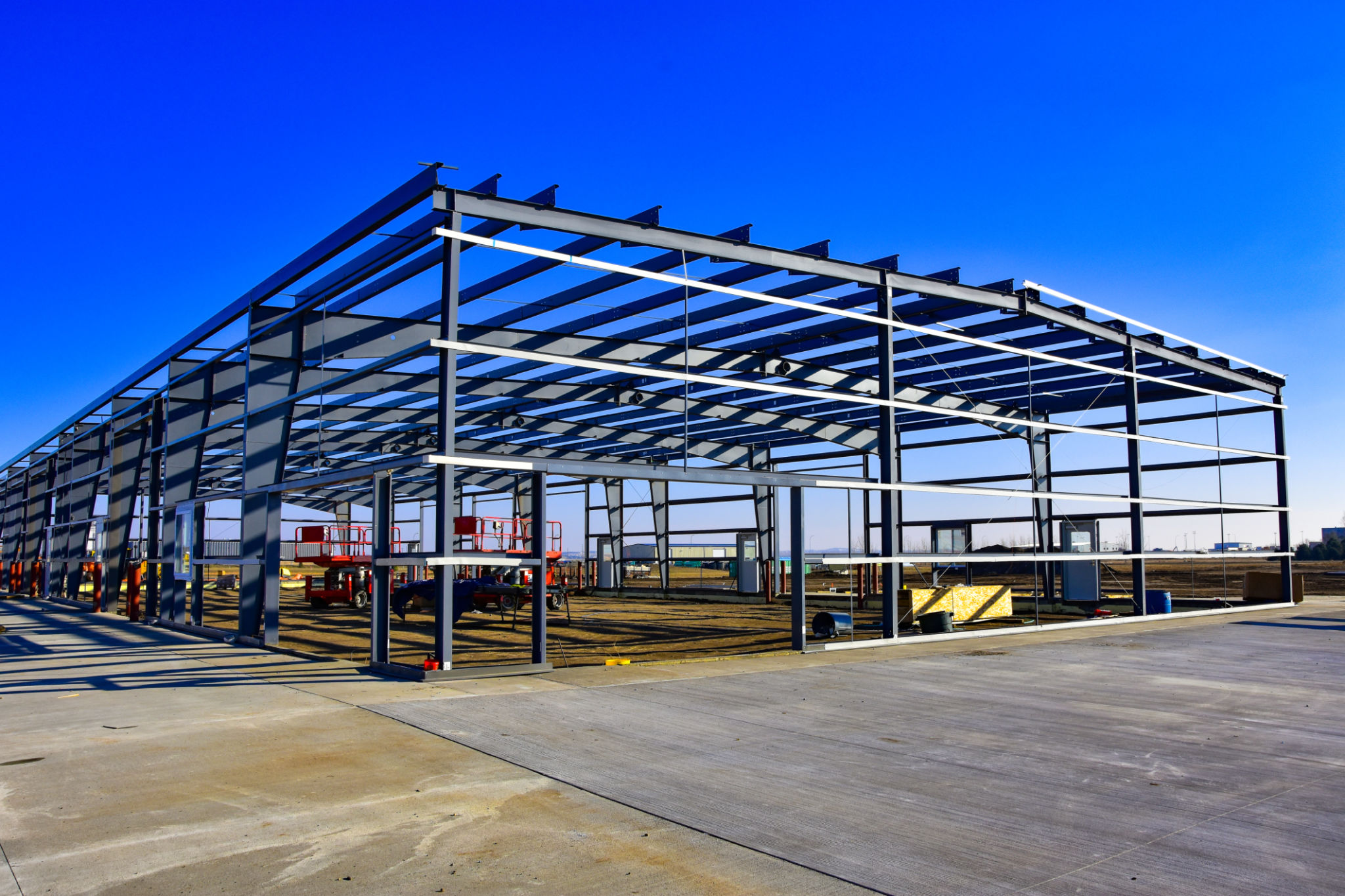Comparing Red Iron vs Cold Formed Buildings: Which Is Right for Your Project?
Understanding Red Iron Buildings
Red iron buildings, also known as steel I-beam or structural steel buildings, are constructed using heavy steel components. These structures are renowned for their strength and durability, making them a popular choice for industrial, commercial, and agricultural projects. The "red" in red iron refers to the red oxide coating applied to the steel to prevent rust and corrosion, ensuring longevity.

One of the main advantages of red iron buildings is their ability to support large spans without the need for interior columns. This feature makes them ideal for warehouses, aircraft hangars, and large retail spaces. Additionally, red iron buildings are highly customizable, allowing for unique architectural designs and flexible interior layouts.
Exploring Cold Formed Buildings
Cold formed buildings, often referred to as light gauge steel structures, are made by bending sheets of steel at room temperature. This method produces lighter yet strong structural components that are easy to handle and assemble. Cold formed steel is particularly popular in residential and small to mid-sized commercial projects due to its cost-effectiveness and versatility.
One of the key benefits of cold formed buildings is their speed of construction. The lightweight nature of the materials reduces labor costs and allows for quicker assembly times. Additionally, cold formed steel is resistant to pests, fire, and mold, making it a durable choice for various climates.

Comparing Cost and Construction Time
When it comes to cost, cold formed buildings generally have an advantage due to their simpler manufacturing process and reduced material weight. This can lead to savings in both material and labor costs. On the other hand, red iron buildings might require a higher initial investment but offer better long-term value due to their robustness and minimal maintenance needs.
In terms of construction time, cold formed buildings typically have a shorter build time thanks to their lightweight components and ease of installation. Red iron buildings may take longer to erect due to the heavier materials involved and the need for more substantial foundations.
Structural Strength and Durability
If your project demands high structural strength and the ability to support heavy loads or large open spaces, red iron buildings are likely the better choice. Their heavy-duty steel components can withstand extreme weather conditions and provide superior stability.

However, cold formed buildings offer adequate strength for many applications and are particularly favorable in regions with less severe weather conditions. Their durability against environmental factors like moisture and pests makes them a reliable option for residential and commercial structures alike.
Environmental Considerations
Both red iron and cold formed buildings offer environmentally friendly benefits. Steel is a recyclable material, reducing waste and promoting sustainability. Cold formed steel's lightweight nature also translates to lower transportation emissions.
Red iron buildings, with their long lifespan and minimal maintenance requirements, contribute positively to environmental sustainability by reducing the need for frequent repairs or replacements.
Conclusion: Choosing the Right Option for Your Project
The choice between red iron and cold formed buildings ultimately depends on your specific project requirements. For projects requiring large spans or exceptional durability, red iron buildings stand out as the ideal choice. Conversely, if cost efficiency and quick assembly are priorities, cold formed buildings may be more suitable.
Evaluate your project’s location, budget, timeline, and structural needs to make an informed decision. Both building types offer unique advantages that cater to different construction goals, ensuring you can find the perfect fit for your project’s success.
